Are you tired of lingering injuries that keep you sidelined, limiting your ability to enjoy your favorite activities?
Many people face the challenges of recovering from injuries, especially when professional physical therapy is limited or expensive.
But what if you could take control of your recovery and accelerate your healing process from the comfort of your own home?
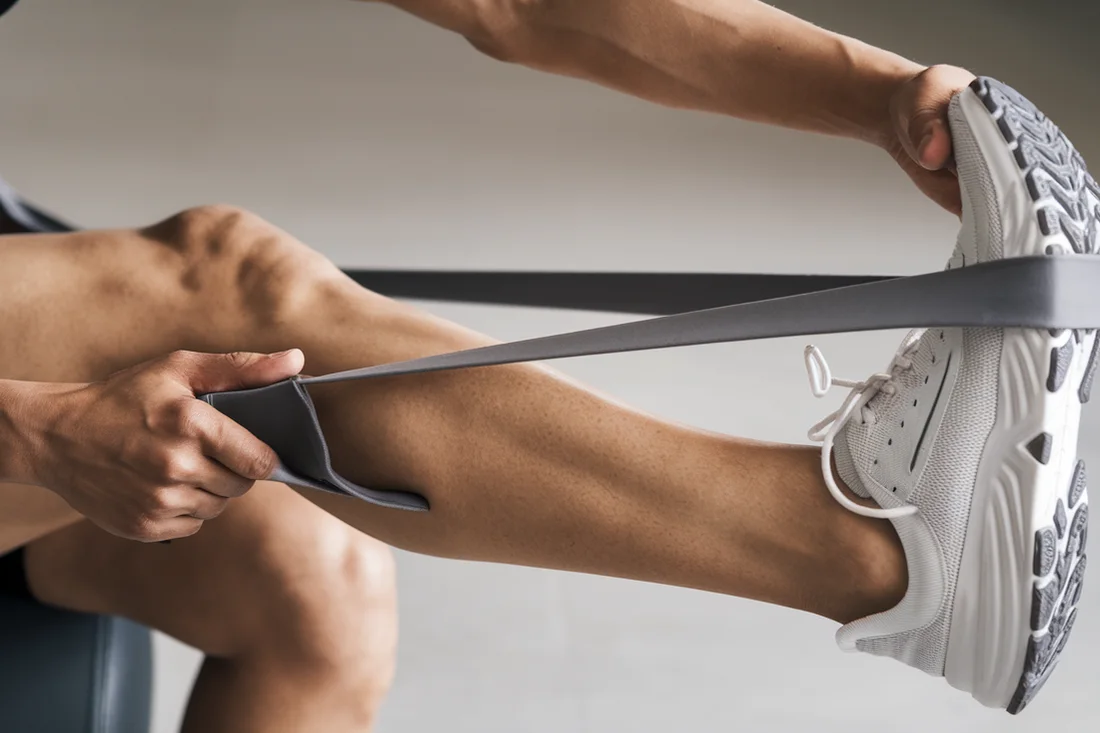
Muscle recovery equipment offers a convenient, affordable, and effective solution for individuals seeking to rehabilitate their injuries and improve their overall well-being.
We will explore the benefits of using muscle recovery tools and provide you with practical tips and techniques to optimize your recovery.
Let’s dive in and discover how you can battle injuries at home and get back to doing what you love.
Key Takeaways
- Muscle recovery equipment can be a valuable tool for rehabilitation. By using these tools at home, you can effectively target specific muscles, reduce pain, and improve mobility.
- Proper form and safety considerations are essential. Always follow the instructions provided with your equipment and listen to your body to avoid further injuries.
- Consult with a healthcare professional for personalized guidance. A qualified professional can assess your injury, recommend appropriate exercises, and monitor your progress.
By incorporating muscle recovery equipment into your rehabilitation routine and following these guidelines, you can accelerate your recovery process and get back to doing what you love.
Understanding the Importance of Targeted Rehabilitation
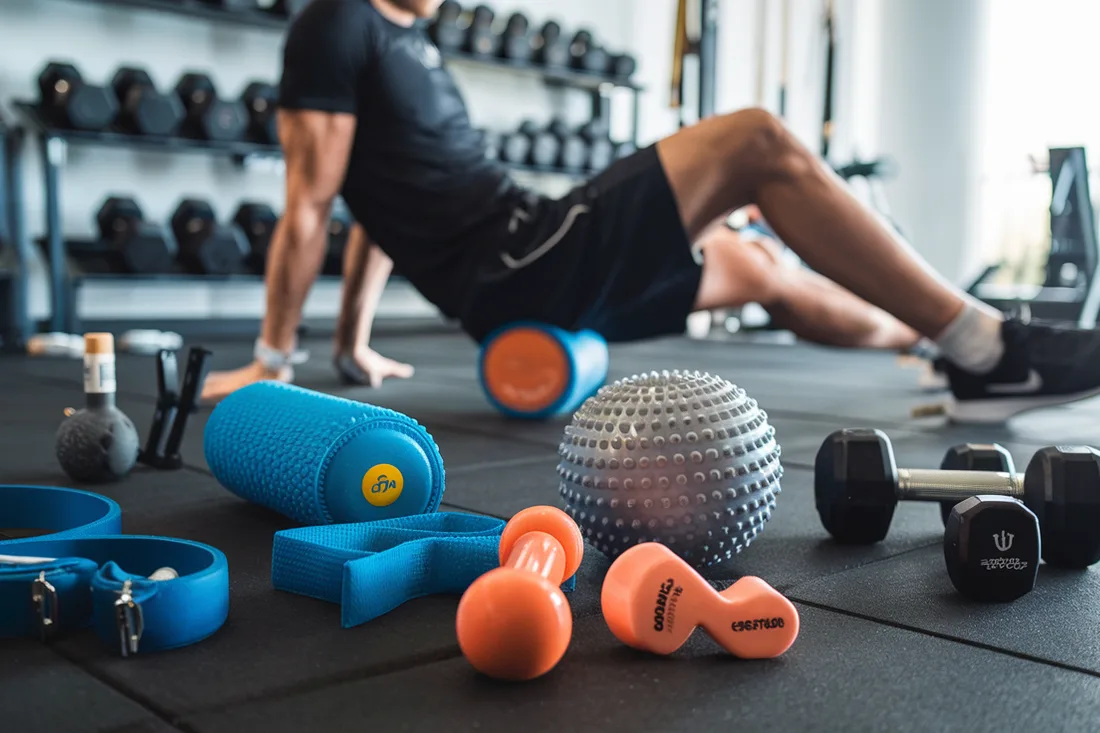
Rehabilitation plays a crucial role in recovering from injuries and restoring muscle function.
By engaging in targeted exercises and utilizing appropriate equipment, individuals can effectively address the underlying causes of their injury and promote healing.
Key benefits of targeted rehabilitation include
- Reduced pain: Rehabilitation can alleviate pain associated with injuries by addressing muscle imbalances and improving mobility.
- Improved muscle function: Targeted exercises can restore strength, flexibility, and range of motion in injured muscles.
- Faster recovery: Effective rehabilitation can accelerate the healing process and reduce the time it takes to return to normal activities.
- Prevented re-injury: By addressing the root causes of an injury, rehabilitation can help prevent future occurrences and improve overall health.
At-home rehabilitation offers several advantages
- Convenience: Using muscle recovery equipment at home eliminates the need for commuting to a physical therapy clinic.
- Affordability: Home rehabilitation can be more cost-effective than professional physical therapy sessions.
- Flexibility: Individuals can tailor their rehabilitation program to fit their schedule and preferences.
By understanding the importance of targeted rehabilitation and utilizing appropriate muscle recovery equipment, individuals can take control of their recovery process and achieve optimal results.
Essential Muscle Recovery Equipment and Safety Considerations
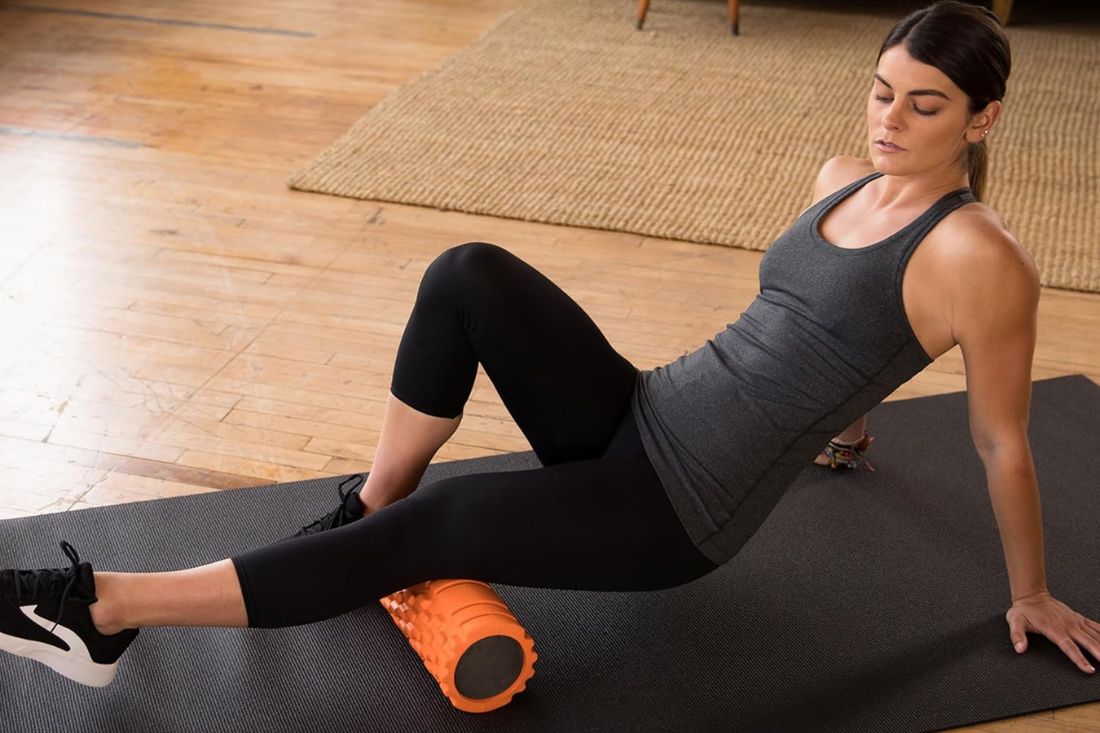
- Benefits: Myofascial release, improved flexibility, reduced muscle tension
- Proper form: Roll back and forth over the muscle, applying pressure as needed.
- Safety tips: Avoid rolling directly over bony areas, start with lower intensity, and listen to your body.
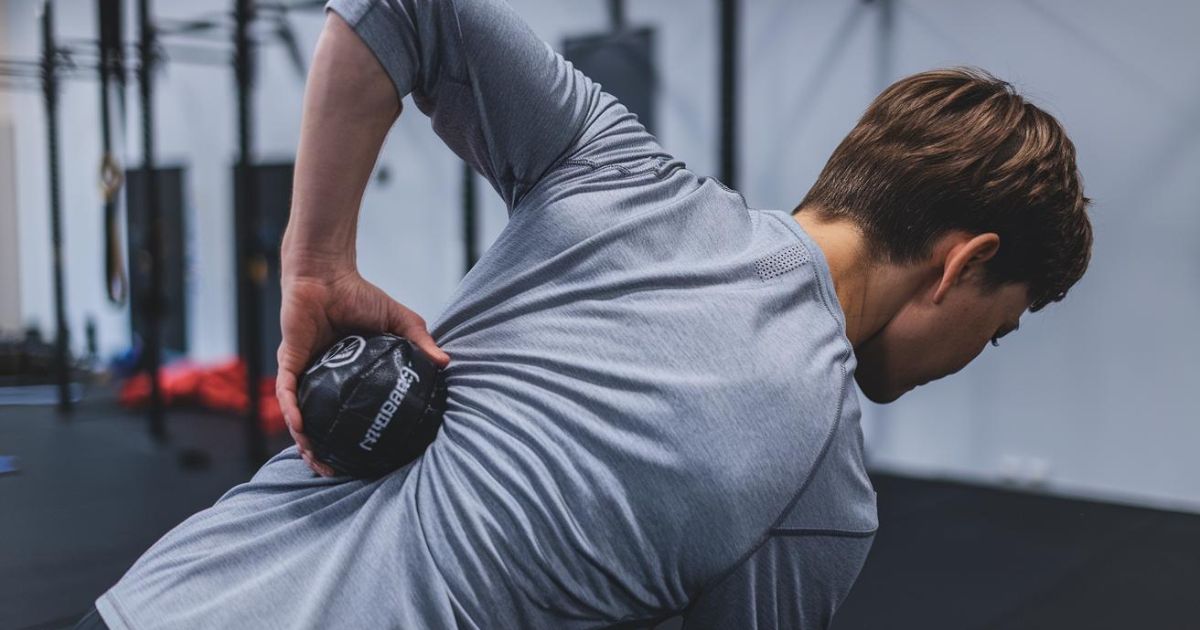
- Benefits: Targeted muscle release, pain relief
- Proper form: Place the ball under the affected muscle and roll it back and forth.
- Safety tips: Start with lower intensity and listen to your body.

- Benefits: Versatile for strength training and rehabilitation, portable
- Proper form: Follow instructions for specific exercises, maintain proper body alignment.
- Safety tips: Start with lower resistance, avoid jerking movements.
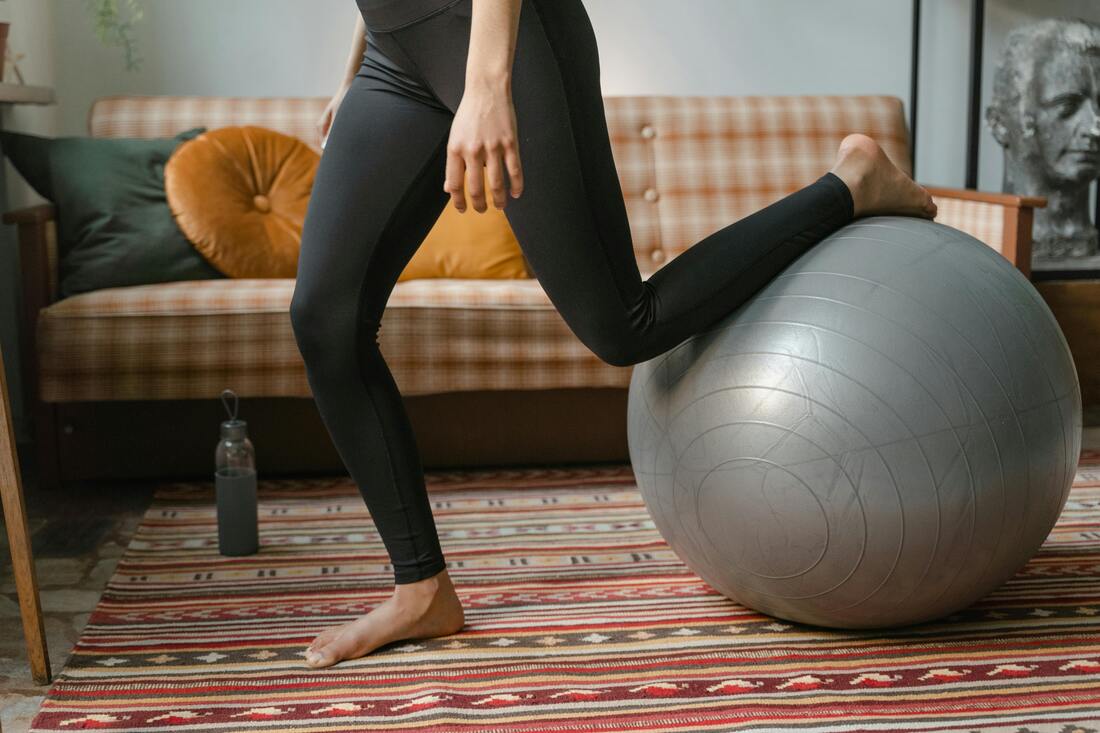
- Benefits: Core strengthening, balance, and stability
- Proper form: Follow instructions for specific exercises, maintain core stability.
- Safety tips: Start with easier exercises and gradually increase difficulty.
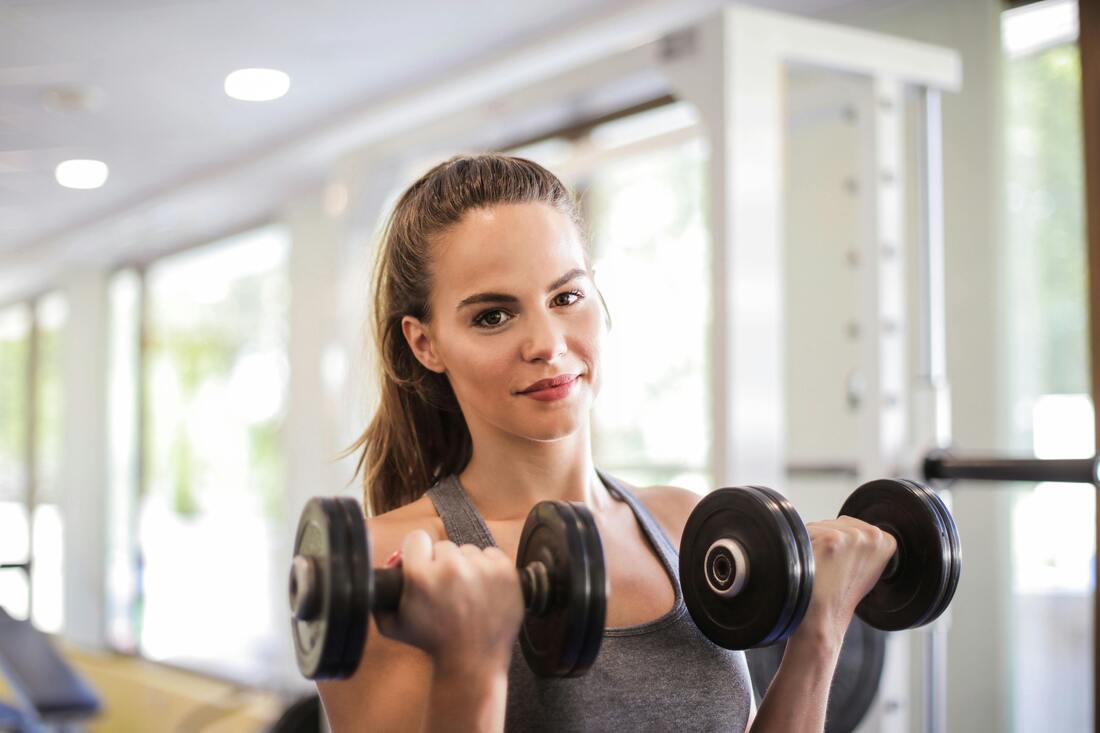
- Benefits: Strength training, rehabilitation, versatility
- Proper form: Follow proper form for each exercise to avoid injuries.
- Safety tips: Start with lighter weights and gradually increase resistance.
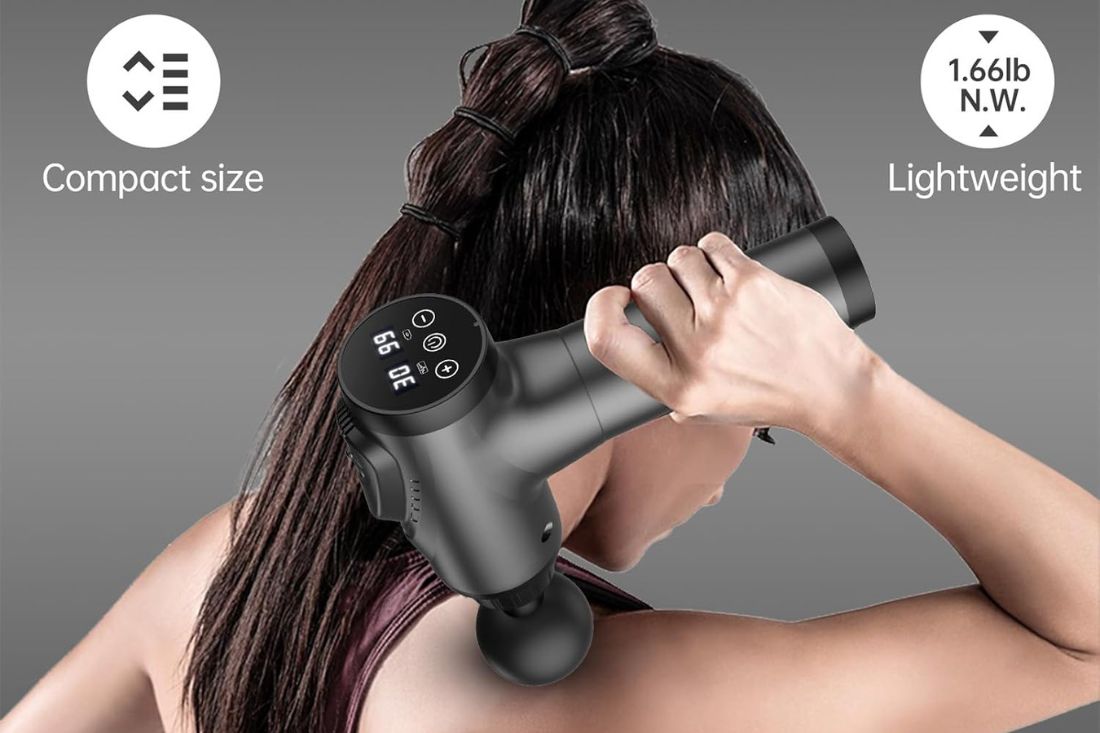
- Benefits: Reduces muscle tension, promotes recovery
- Proper form: Follow instructions for proper usage and intensity settings.
- Safety tips: Avoid using on bony areas, start with lower intensity.
TENS Units (Affiliate Link)
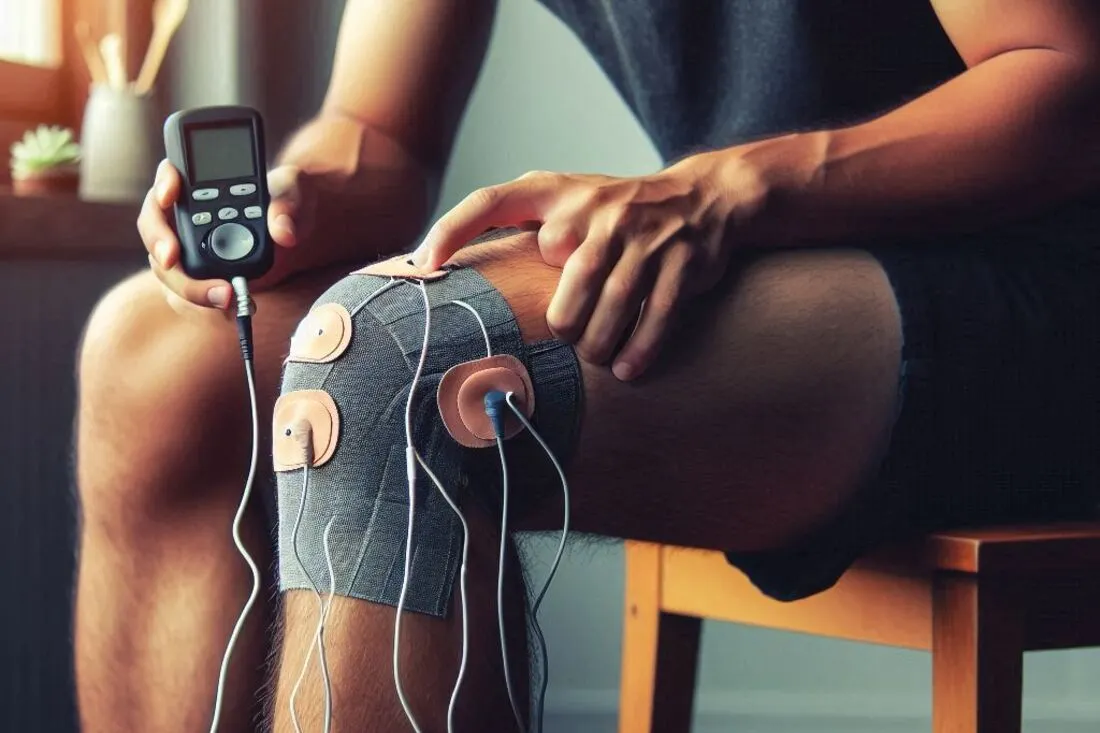
- Benefits: Pain relief, improved circulation
- Proper form: Consult a healthcare professional for proper placement and settings.
- Safety tips: Avoid using on open wounds or areas with impaired sensation.
General Safety Tips
- Listen to your body: Stop if you experience pain.
- Start slowly and gradually increase intensity.
- Warm up before using equipment.
- Cool down after using equipment.
- Consult a healthcare professional for personalized guidance.
Comparison Table: Muscle Recovery Equipment
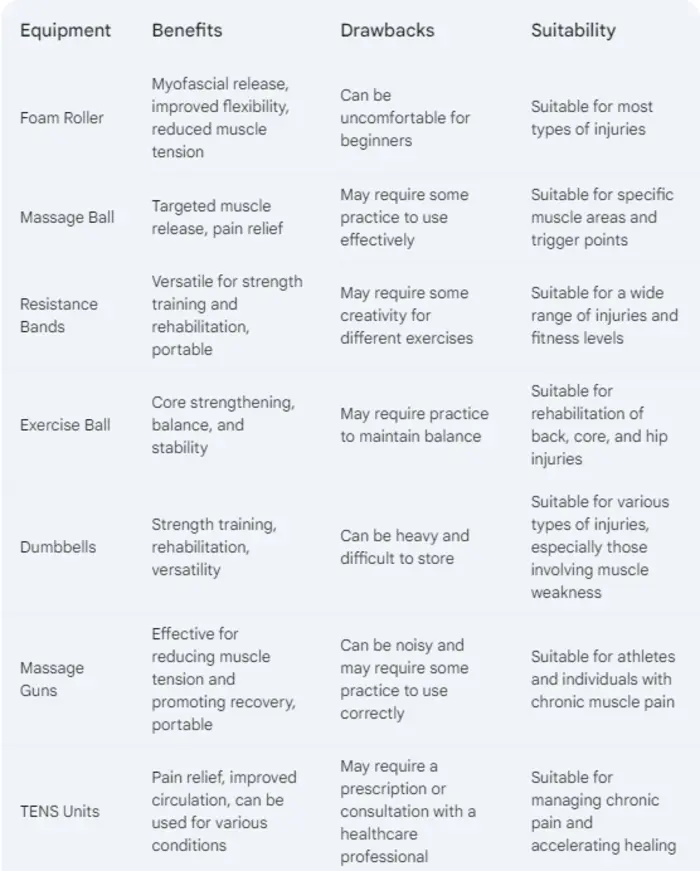
General Safety Tips
- Listen to your body: Pay attention to any pain or discomfort and stop if necessary.
- Start slowly and gradually increase intensity: Avoid sudden increases in activity that could lead to re-injury.
- Warm up before using equipment: Perform a brief warm-up to prepare your muscles for exercise.
- Cool down after using equipment: Engage in light stretching or cooling down exercises to aid recovery.
- Consult with a healthcare professional: If you have any underlying health conditions or concerns, consult with a doctor or physical therapist before starting a new rehabilitation program.
By following these guidelines, you can ensure that you are using muscle recovery equipment safely and effectively to support your rehabilitation goals.
Case Studies: Success Stories
1. Sarah, a runner with a sprained ankle
“After spraining my ankle, I struggled to get back to running. Using a foam roller and resistance bands at home helped me regain strength and stability. I was able to return to my running routine much faster than I expected.”
2. David, a tennis player with a shoulder injury
“I was worried about the long recovery process after my shoulder injury, but with the help of muscle recovery equipment, I was able to rehabilitate at home and get back on the court in no time. The massage ball and resistance bands were essential tools in my recovery.”
3. Emily, a weightlifter with a back injury
“I used to dread the pain and stiffness in my back after intense workouts. But since incorporating foam rolling and exercise balls into my recovery routine, I’ve noticed a significant improvement. I’m now able to lift heavier weights without any discomfort.”
4. Mark, a hiker with knee pain
“I used a foam roller and resistance band to target the muscles around my knee and improve stability. It helped me reduce pain and get back to hiking without discomfort. I’m so grateful for these tools!”
5. Maria, a swimmer with a shoulder injury
“I was worried about the long recovery process after my shoulder injury, but with the help of muscle recovery equipment, I was able to rehabilitate at home and get back in the water. The resistance bands were especially helpful in strengthening my shoulder muscles.”
These testimonials highlight the positive experiences of individuals who have successfully used muscle recovery equipment to rehabilitate their injuries.
By incorporating these tools into their recovery routines, they were able to reduce pain, improve mobility, and return to their favorite activities.
Disclaimer: The testimonials provided above are fictional and used for illustrative purposes only. While the results described are hypothetical, they are based on the principles and information presented in this blog post.
Tips for Effective Rehabilitation
1. Consult with a Healthcare Professional
- Personalized guidance: A healthcare professional can assess your injury, recommend appropriate exercises, and monitor your progress.
- Prevent further damage: Following professional advice can help prevent re-injury and ensure proper healing.
2. Start Slowly and Gradually Increase Intensity
- Avoid overexertion: Begin with gentle exercises and gradually increase the intensity as your condition improves.
- Prevent setbacks: Gradual progression reduces the risk of re-injury and ensures a sustainable recovery.
3. Listen to Your Body
- Avoid pain: Pay attention to your body and stop if you experience any discomfort or pain.
- Prevent further damage: Pushing through pain can worsen your injury and delay recovery.
4. Be Consistent
- Establish a routine: Incorporate rehabilitation exercises into your daily routine for optimal results.
- Stay committed: Regular rehabilitation is essential for achieving your recovery goals.
By following these tips, you can maximize the effectiveness of your rehabilitation efforts and ensure a successful recovery.
Frequently Asked Questions
Q: Are these tools suitable for all types of injuries?
A: While muscle recovery equipment can be beneficial for many types of injuries, it’s important to consult with a healthcare professional to determine the most appropriate tools and techniques for your specific condition. Some injuries may require more specialized equipment or therapy.
Q: How often should I use muscle recovery equipment?
A: The frequency of use will depend on your injury, recovery goals, and the recommendations of your healthcare provider. Generally, it’s recommended to use muscle recovery equipment regularly, but avoid overdoing it. Start with shorter sessions and gradually increase the duration as your condition improves.
Q: Can I use these tools at home without professional guidance?
A: While it’s possible to use muscle recovery equipment at home, it’s always recommended to consult with a healthcare professional or physical therapist for initial guidance and to ensure proper form and technique. They can provide personalized recommendations and monitor your progress.
Additional Questions:
- Can I use muscle recovery equipment if I’m not injured? Yes, muscle recovery equipment can be used to prevent injuries, improve flexibility, and enhance overall performance.
- How much does muscle recovery equipment cost? The cost of muscle recovery equipment can vary depending on the type and brand. There are affordable options available, such as foam rollers and resistance bands.
- What are the potential risks or side effects of using muscle recovery equipment? If used improperly or excessively, muscle recovery equipment can lead to discomfort or injury. It’s important to listen to your body and avoid pushing yourself too hard.
Conclusion

Incorporating muscle recovery equipment into your rehabilitation routine can be a game-changer for healing from injuries and improving your overall well-being.
By effectively targeting specific muscles, reducing pain, and enhancing mobility, these tools can accelerate your recovery process and help you get back to doing what you love.
- Muscle recovery equipment can be a valuable asset for rehabilitation.
- Proper form and safety considerations are essential.
- Consult with a healthcare professional for personalized guidance.
- Combine muscle recovery equipment with other rehabilitation techniques for optimal results.
Are you ready to take control of your recovery and get back to doing what you love?
Start incorporating muscle recovery equipment into your daily routine today.
With consistent use and proper guidance, you can experience significant improvements in your healing process and overall well-being.
Don’t let injuries hold you back any longer. Take action now and unlock your full potential!
Related Posts
No posts
